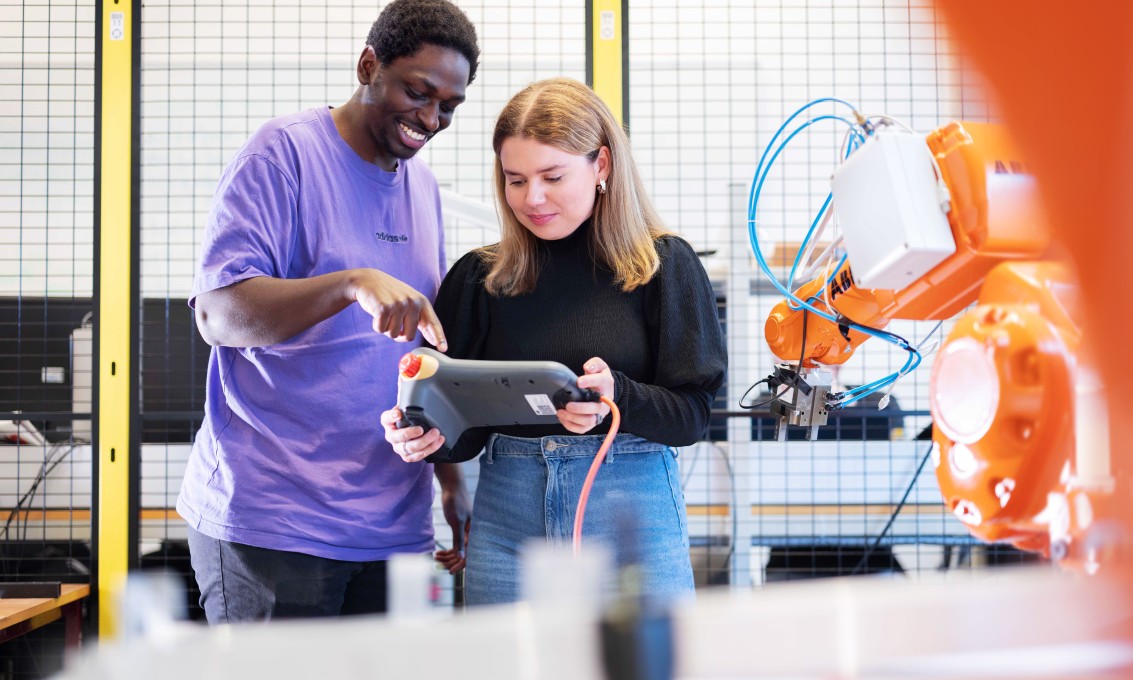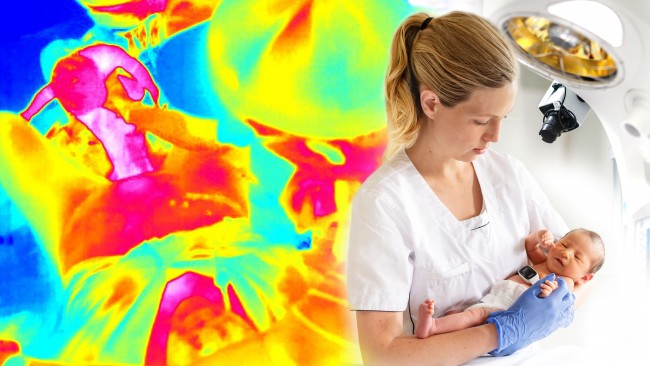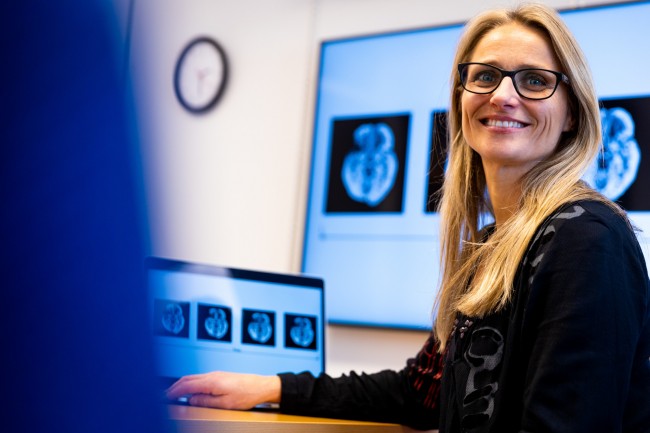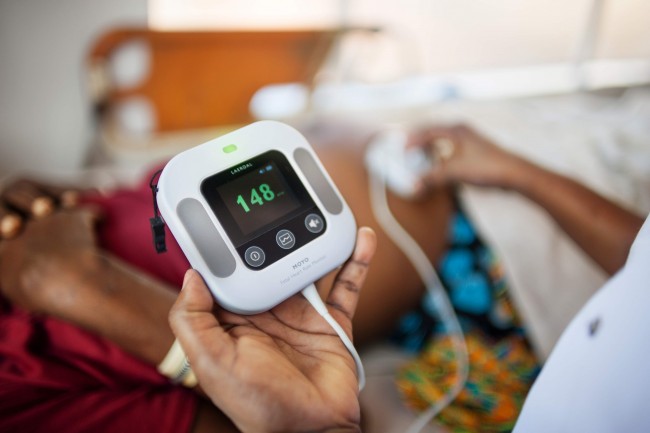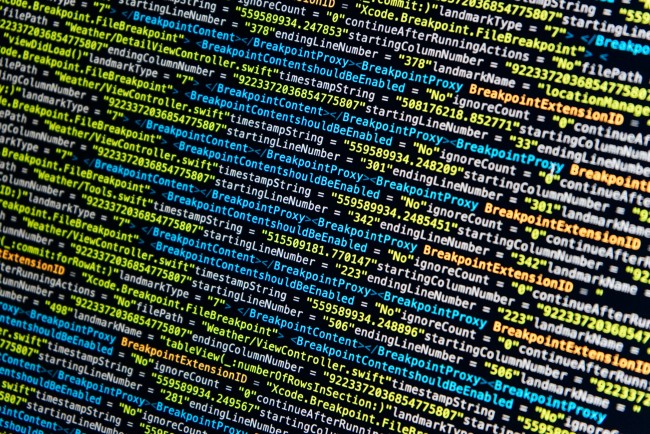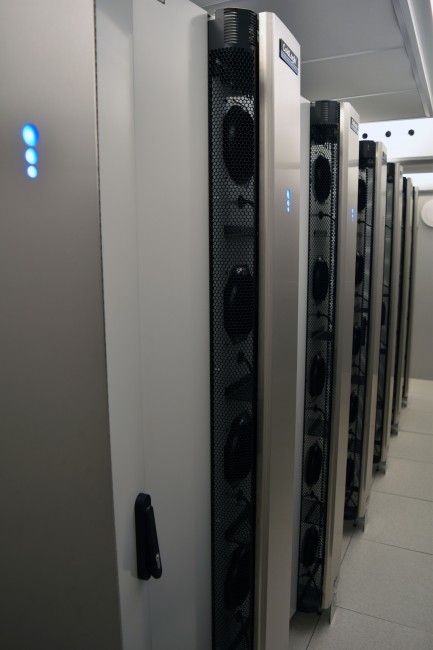The Faculty of Science and Technology at UiS has several laboratories within the field of automation technology. Here is an overview of relevant equipment and facilities.
These study programmes use the laboratories in teaching:
Robot lab
The robot lab has three manipulator robots from ABB: two IRB140s and one CRB15000. They have similar working radii, 80-90cm, and lifting capacities of 5kg. The two IRB140 robots (Norbert and Rudolf) are located in an industrial cell and can collaborate around a conveyor belt. CRB15000 (Jacobi) is a collaborative robot and has self-protection mechanisms that makes it safe enough to not require further external protection.
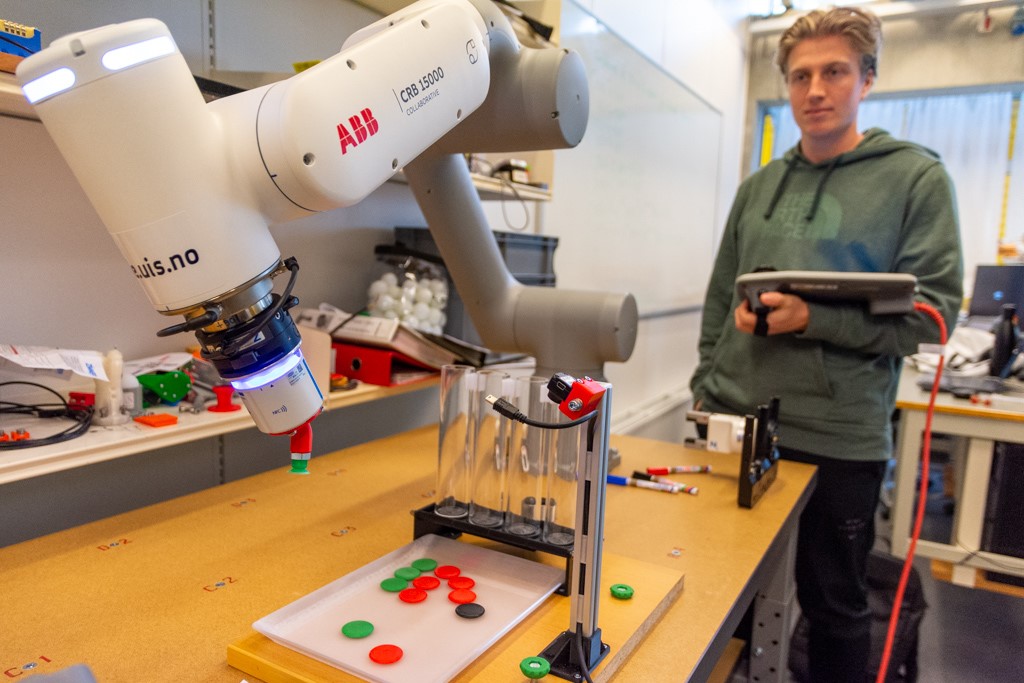
The robots can all be programmed using a PC running RobotStudio. The program can also be simulated in a virtual environment in this. This simulation can in addition be viewed through VR glasses, where you can ‘walk’ around the robot as it works. This allows entire robot projects to be planned and programmed before the robot is even purchased.
Contact person: Ståle Freyer
Two-Tank
The laboratory has a process plant consisting of two tanks with sensors for measuring level, pressure, temperature and flow. The system can be manipulated by a pump, mixer tap, heating element, valves and more. The process is programmed via MATLAB and Simulink.
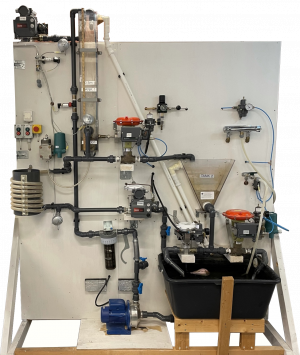
Contact person: Didrik Efjestad Fjereide
PLC lab
The laboratory has programmable logic control (PLC) equipment. This includes workstations with software for developing PLC code, complete PLC systems with digital and analogue inputs/outputs, control panels and electric motors of various types.
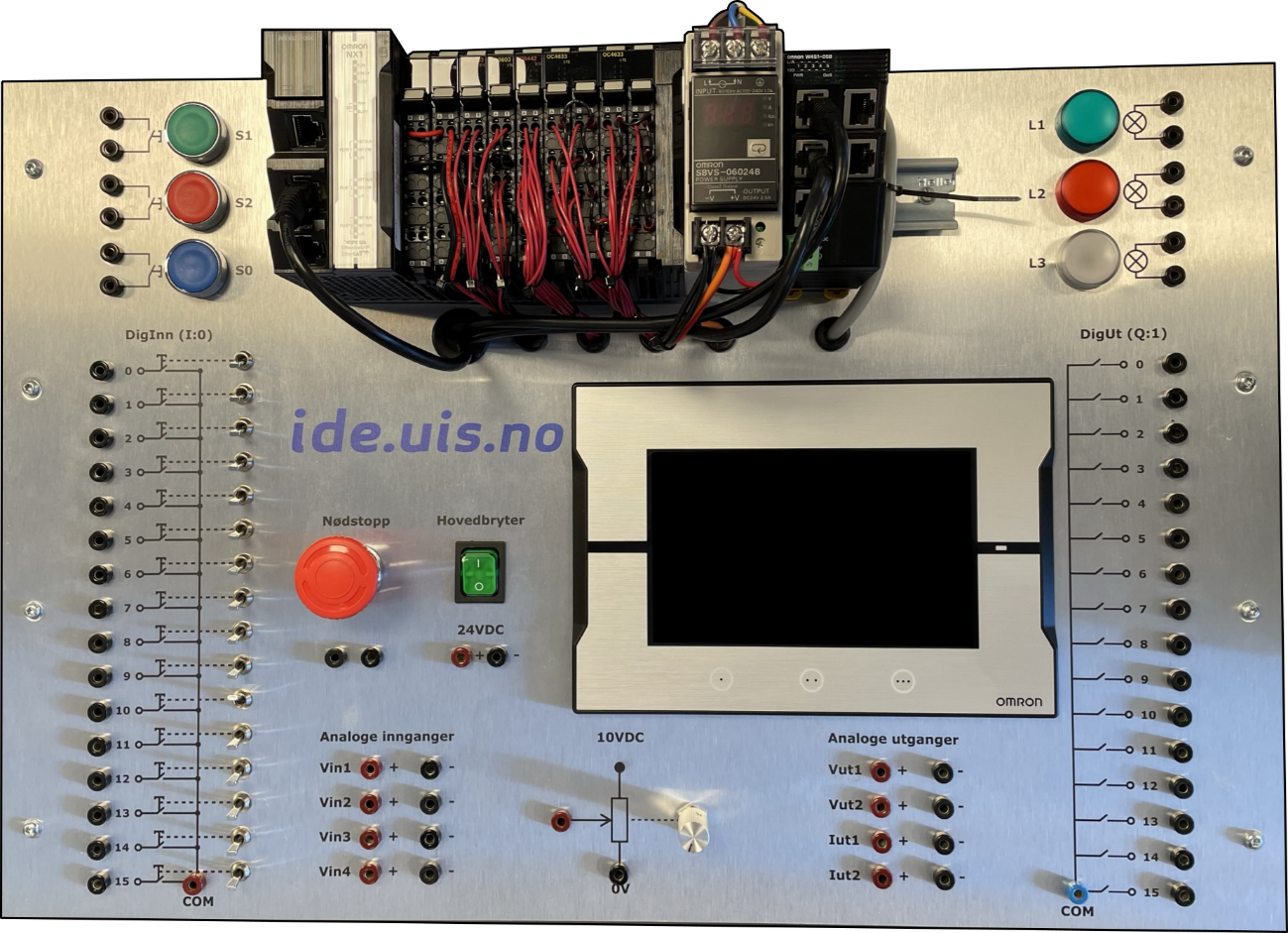
The laboratory is used for research, teaching and making prototypes in connection with student projects.
Contact person: Romuald Karol Bernacki
Electronics lab
The electronics laboratory has equipment for designing, producing and analysing electronic circuits. It has equipment for measuring and testing both analogue and digital electronics, as well as tools for producing plain two-layer printed circuit board for prototyping.
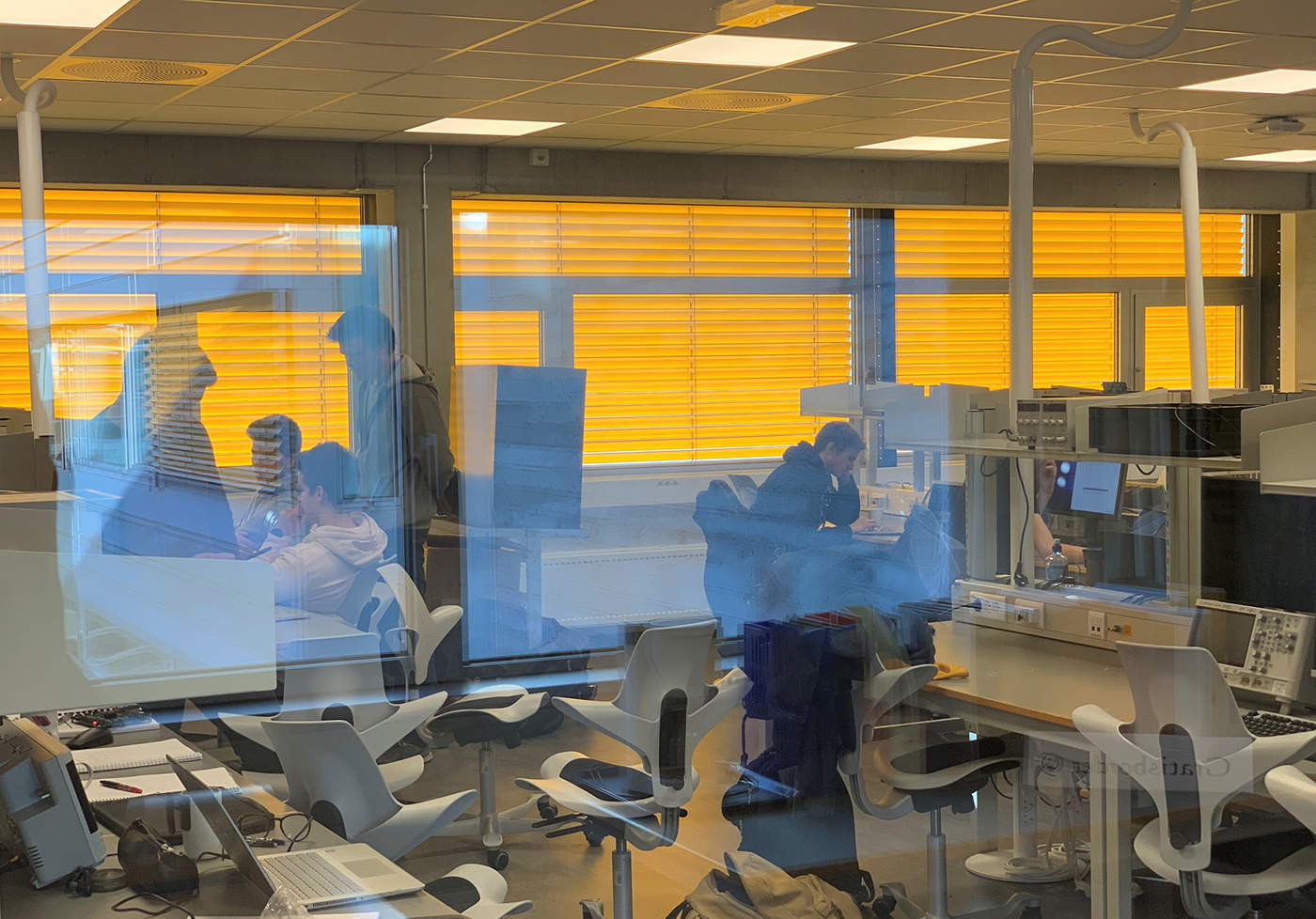
The laboratory is used for research, teaching and making prototypes in connection with student projects.
Contact person: Jon Fidjeland
Drone lab
The drone lab has two different stationary platforms, Aero and Hover, made by Quanser. Aero has two degrees of freedom and can be configured as a half-quadrotor or helicopter. Hover has three degrees of freedom and behaves like a full-scale drone.
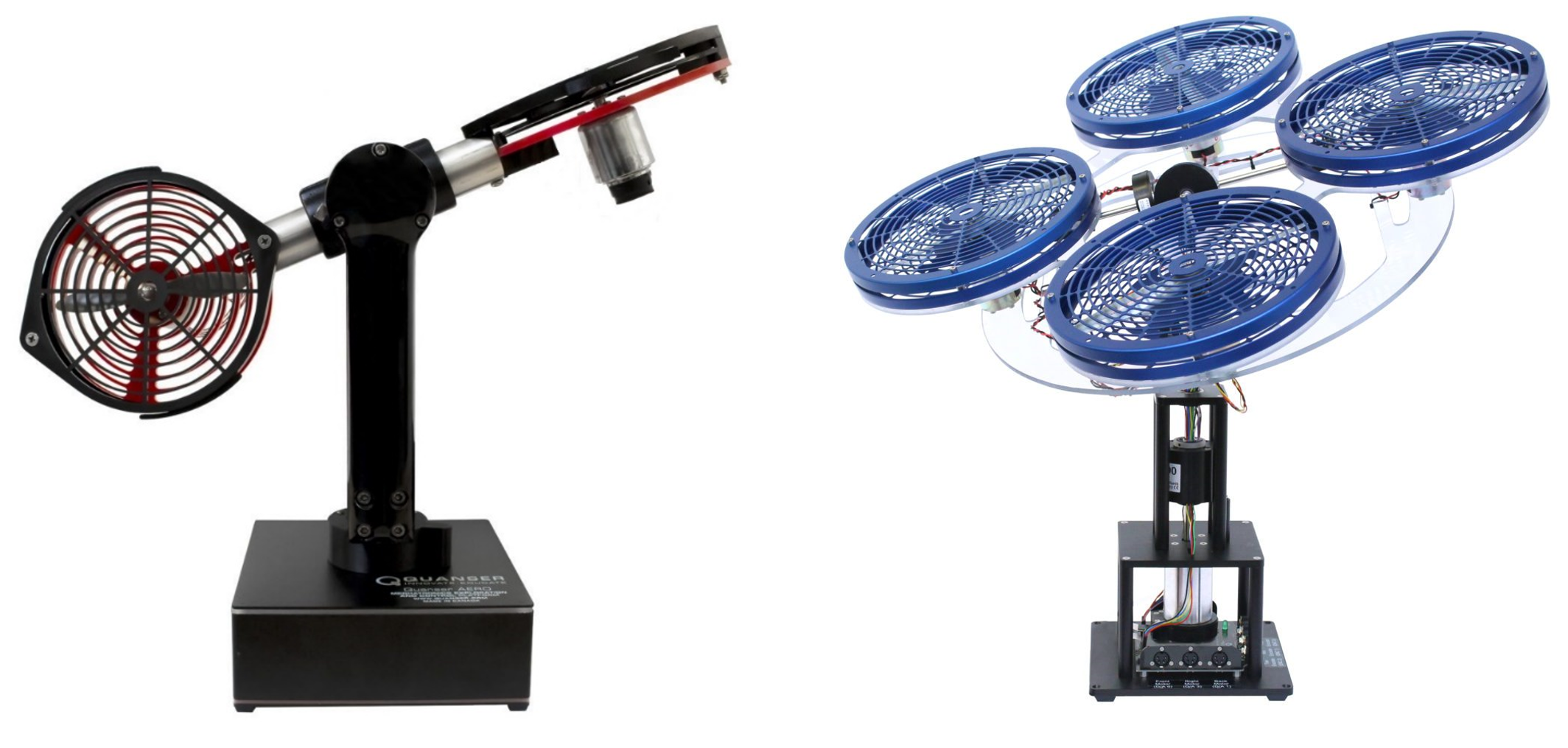
The platforms can be used for safe, cost-effective development and research within drone control concepts. The models are equipped with brushless DC motors with high-resolution encoders for speed feedback. Both of the platforms are equipped with encoders in each link that provide precise measurements of the orientation of the drone. Aero also has a three-axis accelerometer and gyroscope, which facilitates a more realistic method of measuring the orientation of a body in free fall. The laboratory is used for research, teaching and student projects..
Contact person: Didrik Efjestad Fjereide
Medical technology
The medical technology lab has most of the basic equipment that you would find in a medical intensive care unit. Diagnostic equipment such as diagnostic 12-lead ECG recording and ultrasound, monitoring equipment with the possibility of defibrillation and patient monitoring as well as treatment equipment such as ventilators, surgical diathermy, and laser.
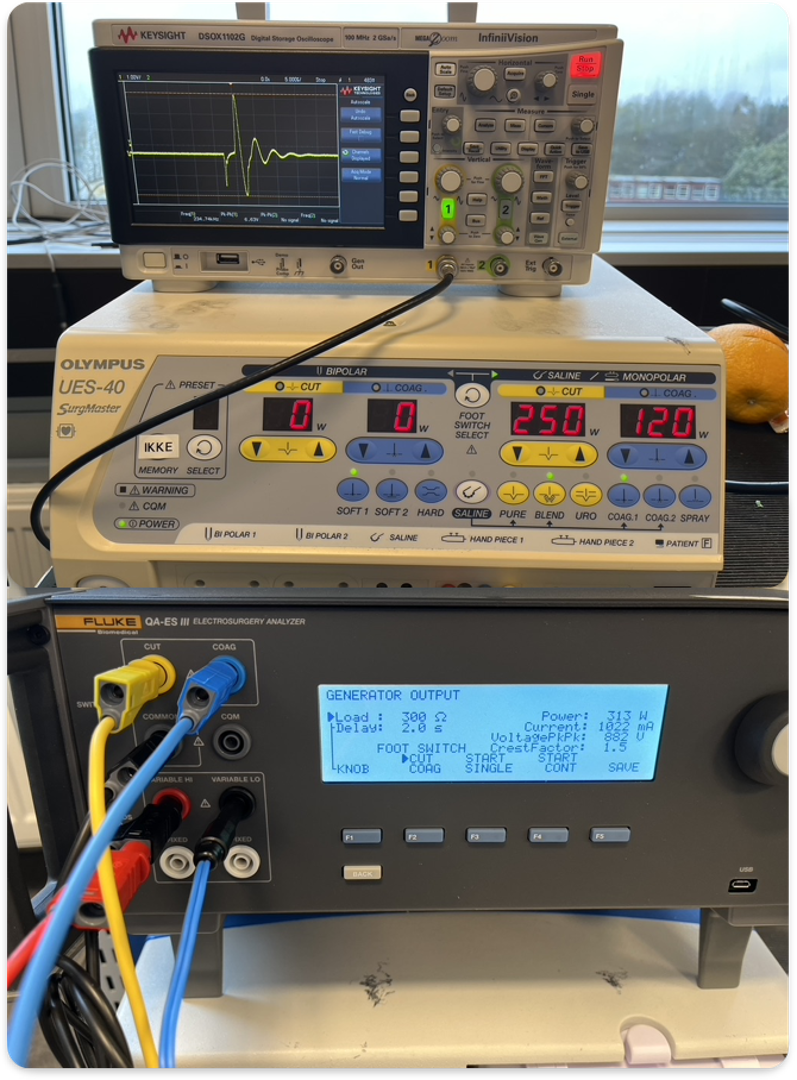
In the laboratory, there is a selection of test and patient simulation equipment from Fluke's biomedical portfolio, as well as the LIFENET system from Stryker for data capture from the LIFEPAK 15 over the GSM network to a server in Europe and for analysis of patient cases with cardiac arrest data. The Olympus Endobase software for data processing of video endoscopic recordings is also available.
Contact person: Ståle Freyer
You might also be interested in:
Over 1,000 applied for new AI course
1,123 applicants from all over Norway, aged 18 and over, both students and people in work, attended the new online cours...
The Energy Central UiS
The Energy Central uses geothermal energy to produce and distribute heating and cooling to the entire Ullandhaug campus.
NewbornTime – Improved newborn care based on video and artificial intelligence
The NewbornTime project is about improved newborn care by using artificial intelligence (AI) for activity and event reco...
Among Norway's foremost women in Artificial Intelligence
Professor Kjersti Engan is listed as the 11th most influential woman in the field of artificial intelligence.
How to collaborate with Stavanger AI Lab?
Stavanger AI Lab opens up for several types of collaboration with society. We see it as our social mission to raise comp...
Department of Electrical Engineering and Computer Science
Department of Electrical Engineering and Computer Science is responsible for teaching, research and development within e...
Information Technology, Mathematics and Physics - PhD
The area of Information Technology, Mathematics and Physics is a subfield within the doctoral programme in Science and T...
